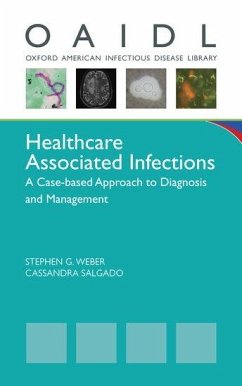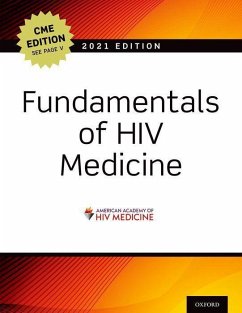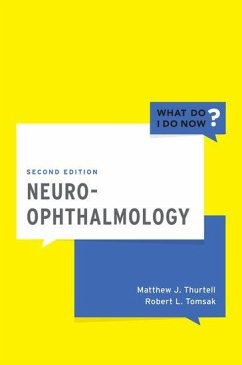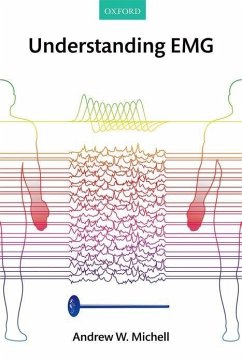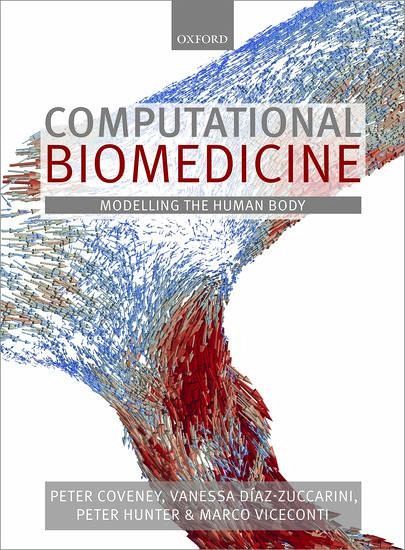
Computational Biomedicine
Modelling the Human Body
Herausgeber: Coveney, Peter; Viceconti, Marco; Hunter, Peter; Diaz, Vanessa
Versandkostenfrei!
Versandfertig in über 4 Wochen
73,99 €
inkl. MwSt.

PAYBACK Punkte
37 °P sammeln!
Computational Biomedicine unifies the different strands of a broad-ranging subject to demonstrate the power of a tool that has the potential to revolutionise our understanding of the human body, and the therapeutic strategies available to maintain and protect it.







